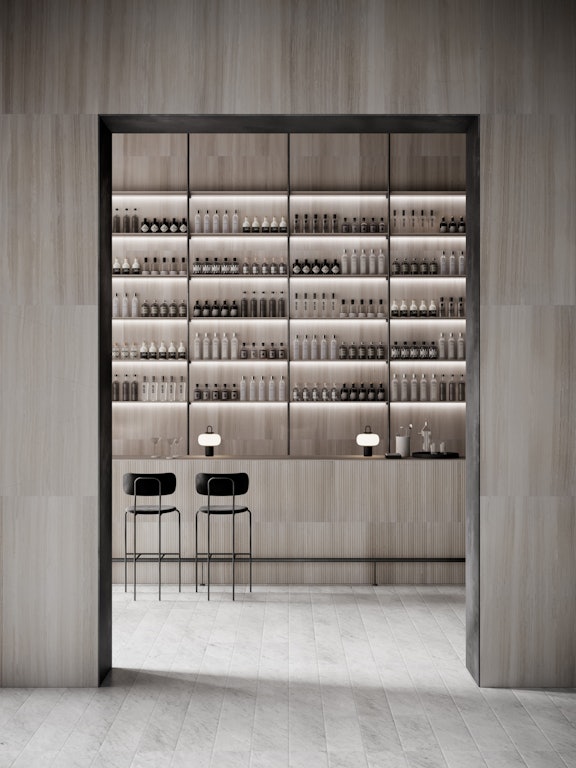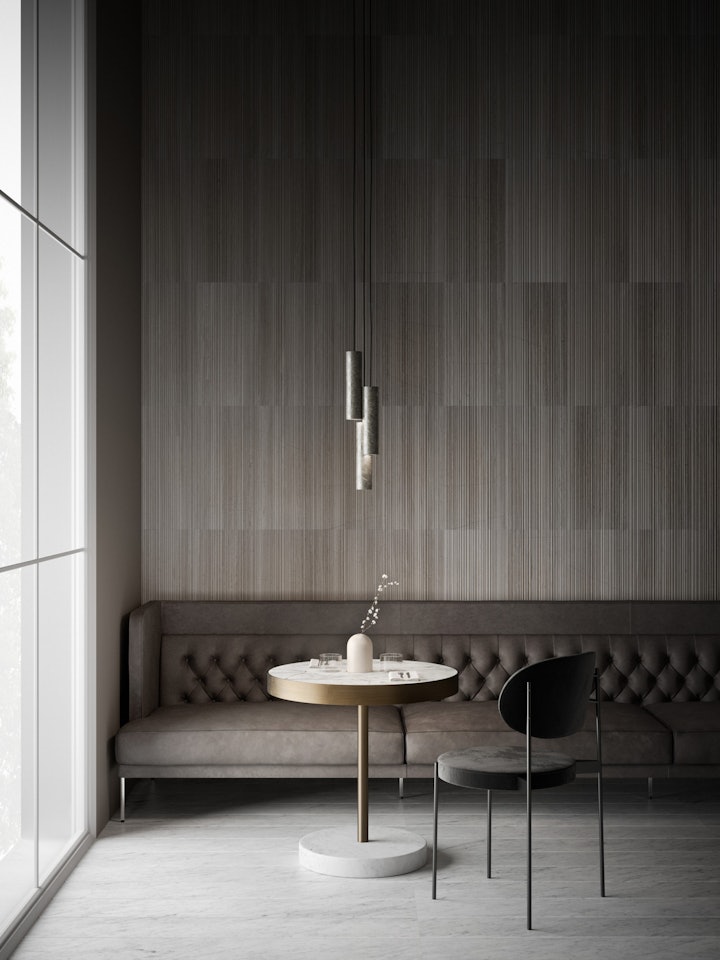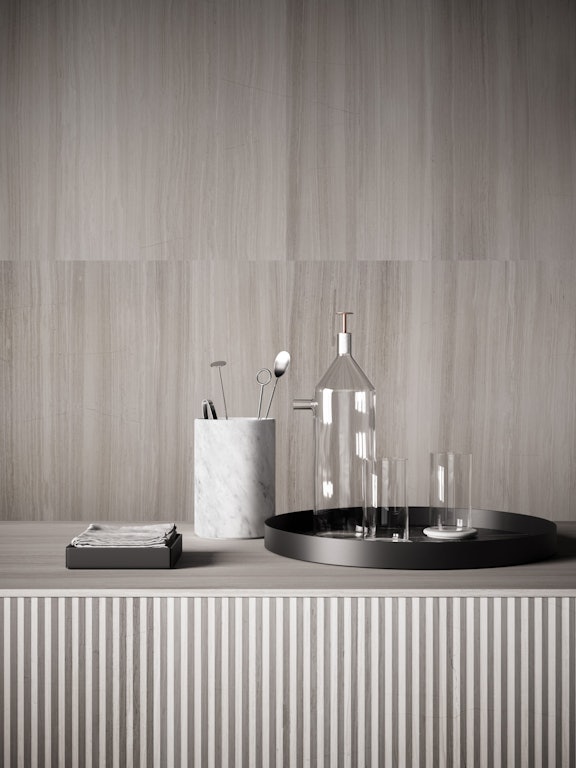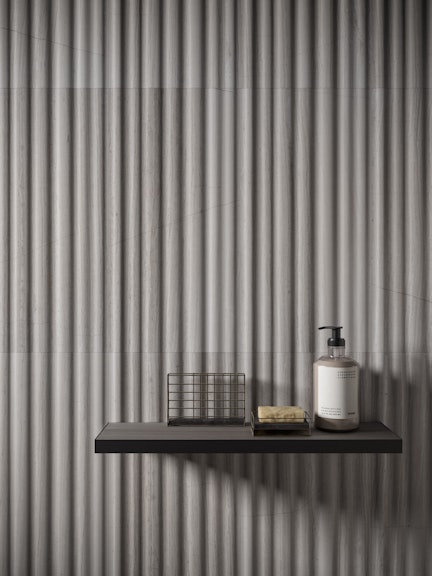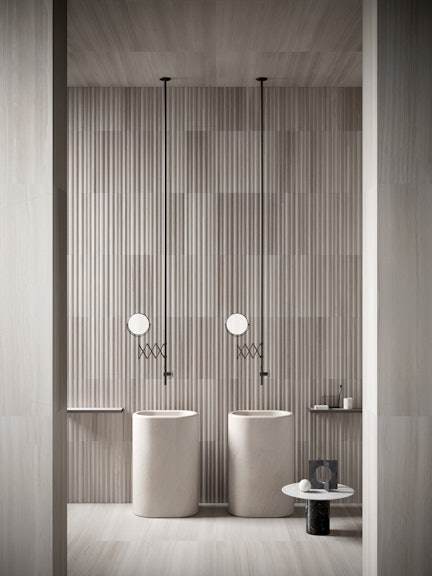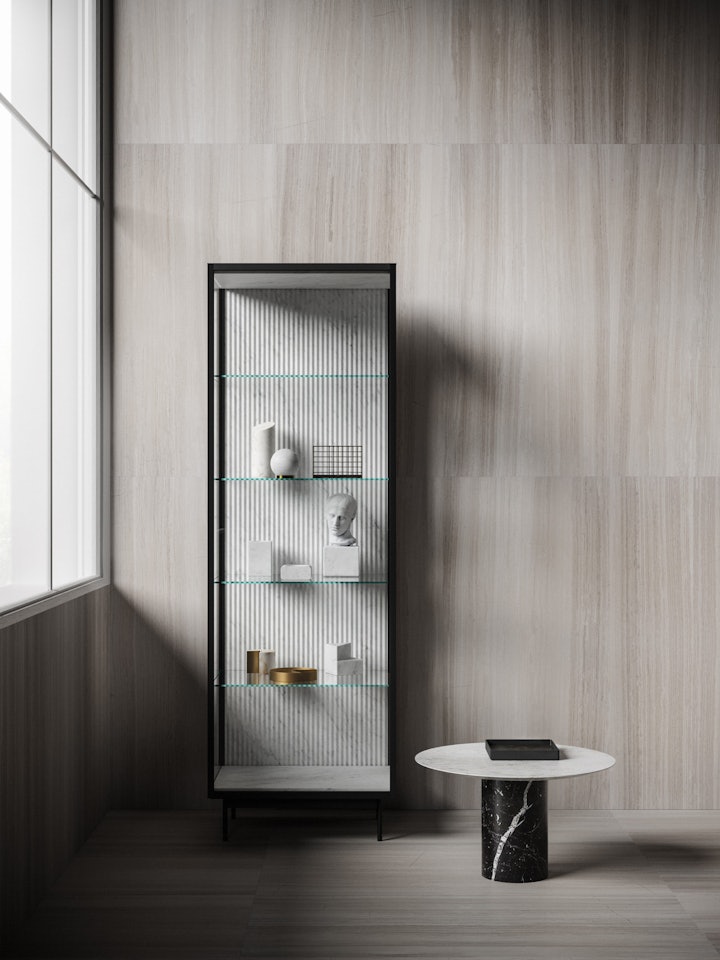London's Hidden French Side
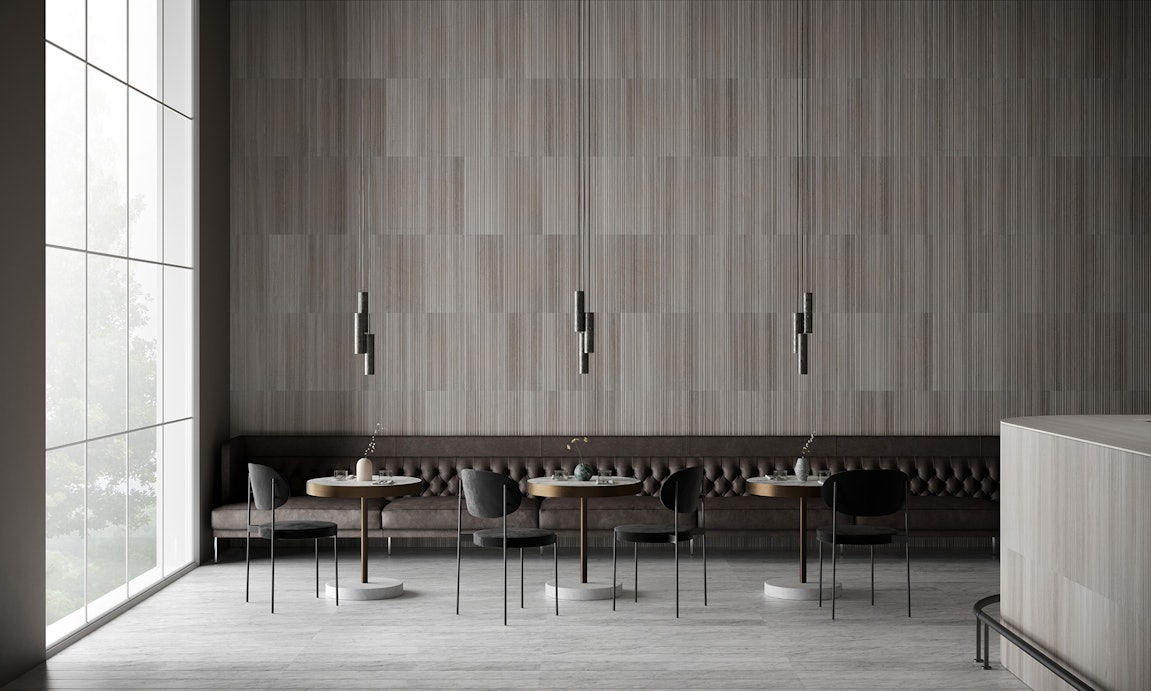
The elegant, minimal style of London’s contemporary design scene and the formalised appearance of the French bistro
France has long been indelibly associated with elegance. Every street, building and corner of its cities exudes class, taste and refinement. Then, of course there is its reputation as a grand gastronomic maestro, lifting culinary skill to an art form, revered since time immemorial.
Britain, on the other hand, is known for its welcoming and eclectic hospitality culture and there is no better example than its pubs. From the time of Dickens (and even earlier) they have featured prominently in literature, more latterly television and, of course, daily life. What could be more British than a bracing walk in the countryside, along the river or in one of the UK’s numerous green spaces? The answer to that is surely an afternoon in a cosy pub with gleaming brass railings and a worn wooden bar top, a pint of ale and a hearty plate of steak pie or fish and chips in front of you, and maybe, just for good measure, the odd Labrador or two sitting by the fire.
These two countries, separated by a narrow body of water, may have their differences, but there is undoubtably a mutual appreciation and fascination for each other’s culture, with thousands of British living La Belle Vie in France and, according to the UK French consulate, between 300,000 and 400,000 French people living in London alone. And, as a cosmopolitan and integrated as London is, it is still possible to find small corners of the city where French is the first language, such as Le Beaujolais near Covent Garden, the oldest wine bar in London, or Maison Bertaux in Soho, a patisserie founded in 1871. It is from this proud tradition of culinary excellence and cafe culture, hidden in the British capital, that Salvatori has looked to for our design for a London Bistro.
Taking inspiration from the borough of Kensington and Chelsea, the traditional heart of the French community in London and home to the newly relocated Design Museum, the bistro combines the elegant, minimal style of London’s contemporary design scene with the formalised appearance of the French bistro. Bench seating, set against wall clad in alternating panels of Silk Georgette in CNC, face Piero Lissoni’s round bistro tables, which use the Japanese technique of kintsugi to repair broken scraps of marble with a seam of gold, often using excess stone from historically significant buildings. These are illuminated by a cluster of Silo lamps, suspended over the geometric forms of Elisa Ossino’s flower pots.
All bistros are centred around the bar, and the Bianco Carrara Stone Parquet flooring leads the eye to a simple, curved form faced in Plissé Silk Gerogette, hosting Lissoni-designed trays and a container by John Pawson who masterminded the Design Museum’s interior. A refined, tonally-restrained approach continues in the bistro’s spacious bathrooms; though not underground as is typical in bistro, the Parisian archetype has been echoed in shared sinks – here freestanding Balnea basins in Crema d’Orcia designed by Ossino that have been placed before walls in Lissoni’s Rain texture in Silk Georgette, softening a motif of subtly undulating surfaces. With the gentle striations of the Silk Georgette floor in honed, and ornamented by Ossino’s Urano lamp and Salvatori’s new fragrance collection, there is an atmosphere of calm and contemplation, offering a complimentary transition from the otherwise contemporary chic of the bistro.
